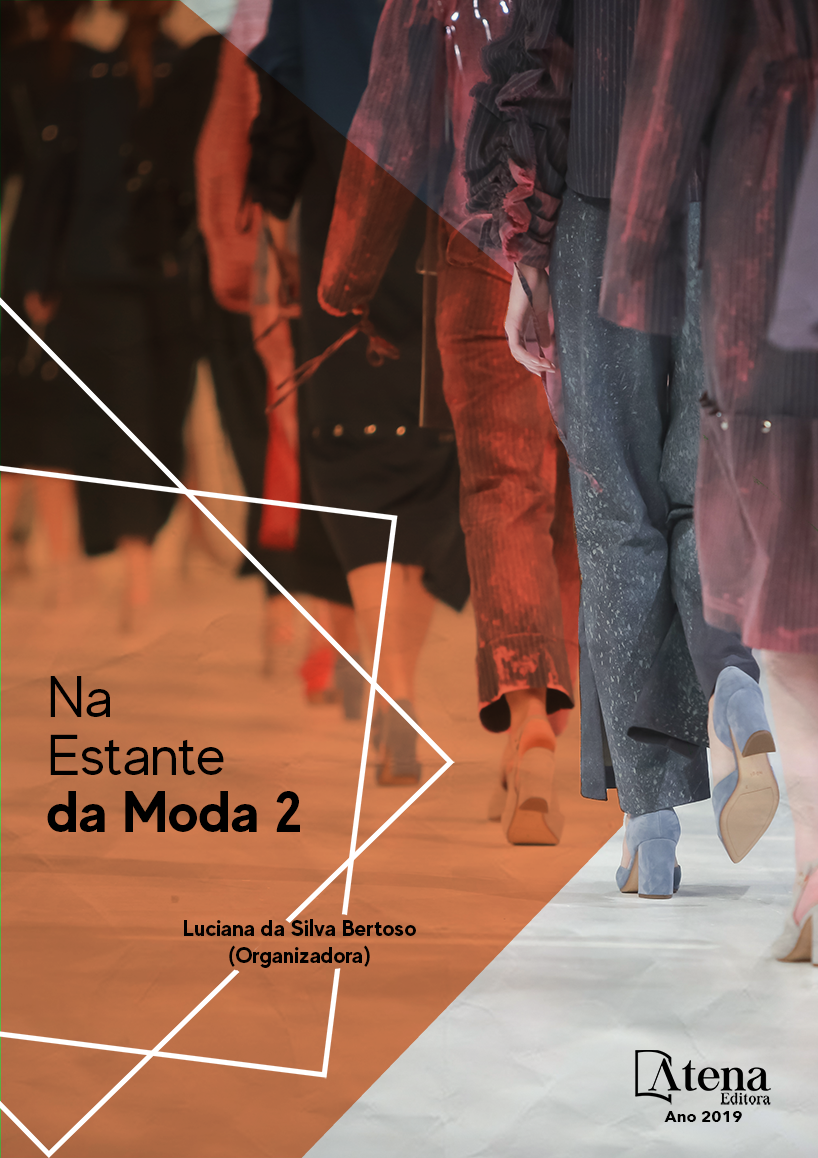
COMO TRANSFORMAR O BIÓTIPO: A IMPORTÂNCIA DAS METODOLOGIAS DE ENSINO NA DISCIPLINA DE ERGONOMIA DO CURSO DE DESIGN DE MODA
Este artigo apresentará uma reflexão
sobre a aplicação das Metodologias Ativas,
Metodologia Projetual (Munari) e o Design Thinking
(Tim Brown) no desenvolvimento da disciplina de
Ergonomia, valendo-se do conteúdo programático
sobre biótipos para demonstrar a sistematização
do conjunto de ações realizadas pelo alunado.
O objetivo do artigo é delinear o processo de
aprendizagem onde o aluno é o protagonista
da sua formação e o professor é o mediador,
facilitador e ativador da realização da atividade,
promovendo a reflexão sobre o tema, verificando
as diversas possibilidades de realização e
conduzindo as descobertas realizadas pelos
alunos. Desta forma, a diversidade de soluções
do tema exibidas pelo grupo de alunos permite
contribuir com a formação de todos os membros
dentro da sala de aula. Será exposta a aplicação
dos métodos utilizados evidenciando a autonomia
do aluno, o desafio a ser explorado, o percurso
desenvolvido, a interdisciplinaridade entre as
disciplinas do semestre e a troca de informação
entre as equipes, visando a formação profissional
do futuro designer de moda. A atividade a ser
explorada neste artigo será a análise de biótipos
por meio do estudo de peças do vestuário que
permitam realizar alterações visuais em uma
silhueta. Ao final, será destacada a importância
dos princípios estudados dentro da disciplina
de Ergonomia para a formação do estudante de
moda. Este tema foi apresentado oralmente no
GT 13 - Modelagem, Construção e Estudos da
Forma – 14º Colóquio de Moda – Curitiba, 2018.
COMO TRANSFORMAR O BIÓTIPO: A IMPORTÂNCIA DAS METODOLOGIAS DE ENSINO NA DISCIPLINA DE ERGONOMIA DO CURSO DE DESIGN DE MODA
-
DOI: 10.22533/at.ed.36119210933
-
Palavras-chave: ergonomia; ensino; biótipos; metodologias de ensino.
-
Keywords: ergonomics; teaching; biotypes; teaching methodologies.
-
Abstract:
This paper will present a reflection
on the application of Active Methodologies,
Project Methodology (Munari) and Design
Thinking (Tim Brown) in the development of the
discipline of Ergonomics, using the programmatic
content on biotypes to demonstrate the
systematization of the set of actions carried
out by alunado The objective of the article is to
outline the learning process where the student
is the protagonist of his / her formation and the
teacher is the mediator, facilitator and activator
of the accomplishment of the activity, promoting
reflection on the theme, verifying the diverse
possibilities of accomplishment and conducting
the discoveries made by students. In this way,
the diversity of solutions of the theme exhibited
by the group of students allows to contribute
with the formation of all the members within the
classroom. It will be exposed the application of
the methods used, evidencing the autonomy of
the student, the challenge to be explored, the course developed, the interdisciplinarity
between the subjects of the semester and the exchange of information between the
teams, aiming at the professional training of the future fashion designer. The activity to
be explored in this article will be the analysis of biotypes through the study of garments
that allow visual changes in a silhouette. In the end, the importance of the principles
studied within the discipline of Ergonomics for the training of the fashion student will
be highlighted. This theme was presented orally in GT 13 - Modelagem, Construção e
Estudos da Forma – 14º Colóquio de Moda – Curitiba, 2018.
-
Número de páginas: 15
- Marly de Menezes


